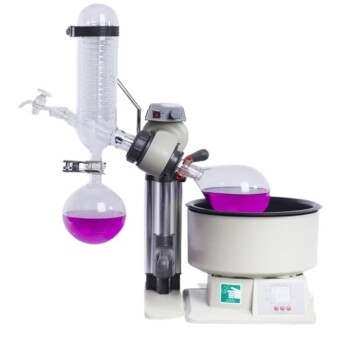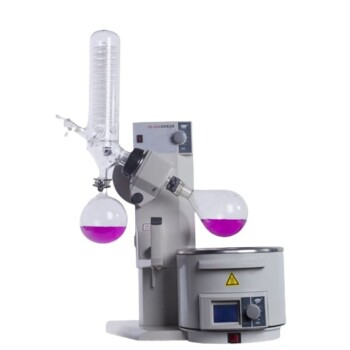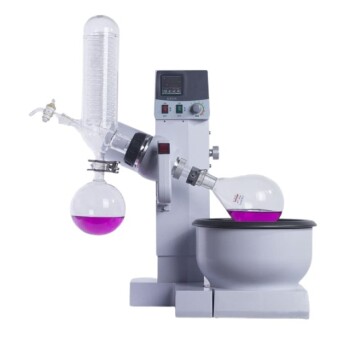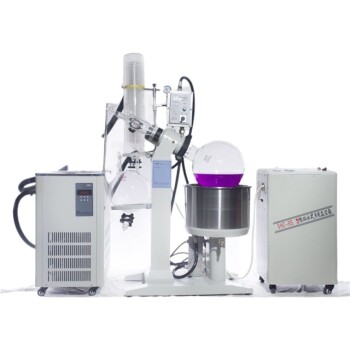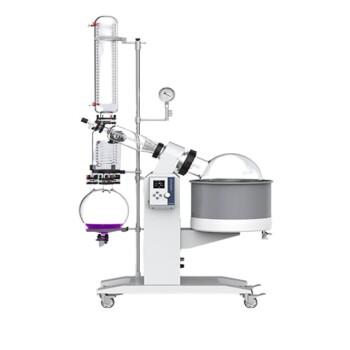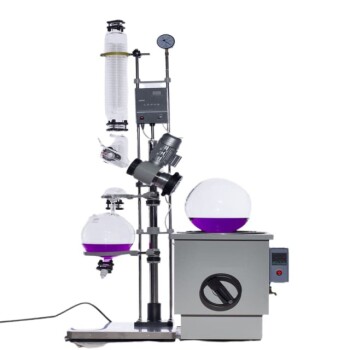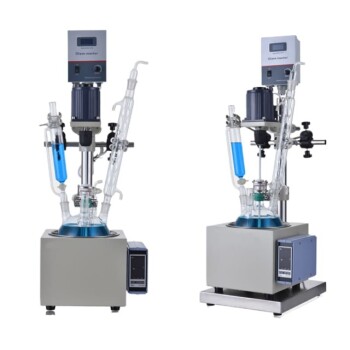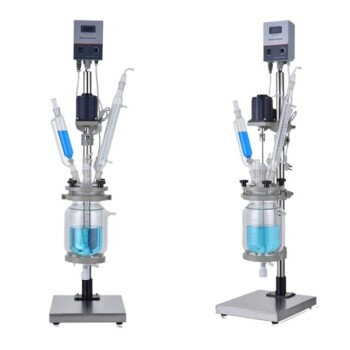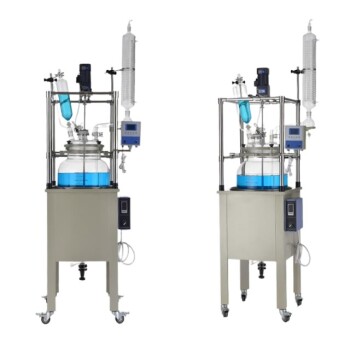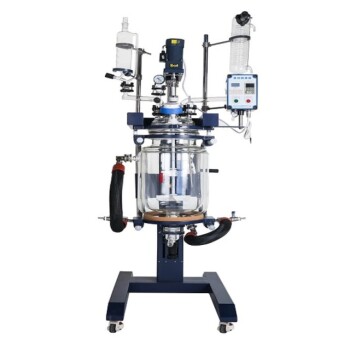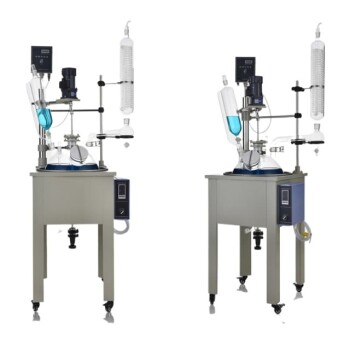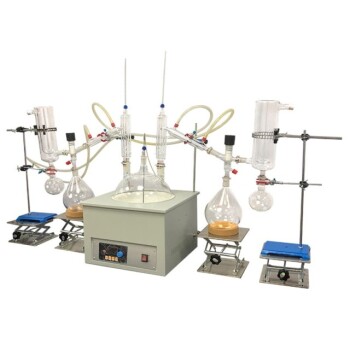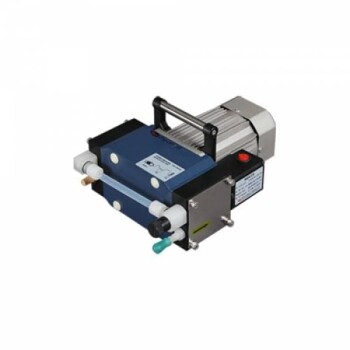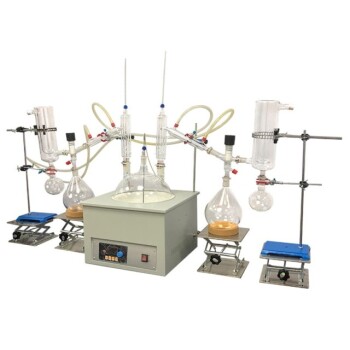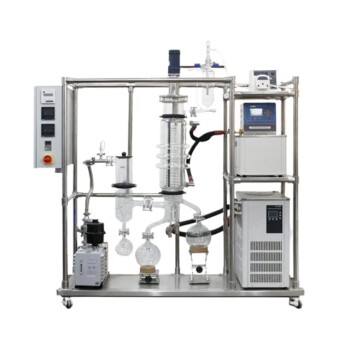To effectively remove ethanol using a rotary evaporator (rotovap), the settings must be carefully calibrated to ensure efficient evaporation while minimizing risks such as bumping or solvent loss. The recommended vapor temperature for ethanol is typically between 25–30°C, with corresponding pressures of 123 mbar at 30°C and 95 mbar at 25°C. The heating bath should be set about 20°C higher than the desired vapor temperature, usually around 50°C, while the condenser (chiller) should be set approximately 20°C lower, typically at 0°C. These settings ensure consistent and safe ethanol removal. Additionally, modern rotovaps often feature a solvent library that can automatically set the vacuum pressure for ethanol, simplifying the process.
Key Points Explained:

-
Vapor Temperature for Ethanol Removal:
- The ideal vapor temperature for ethanol removal using a rotary evaporator is 25–30°C.
- At 30°C, the required pressure is 123 mbar, while at 25°C, it is 95 mbar.
- This temperature range ensures efficient evaporation without overheating the sample.
-
Heating Bath Temperature:
- The 20/40/60 rule is a useful guideline for setting the heating bath temperature.
- The bath should be set 20°C higher than the desired vapor temperature.
- For ethanol, this typically means setting the bath to 50°C.
-
Condenser (Chiller) Temperature:
- The condenser should be set 20°C lower than the desired vapor temperature.
- For ethanol, this usually translates to a chiller setting of 0°C.
- Lower condenser temperatures improve solvent recovery and reduce the risk of solvent loss.
-
Vacuum Pressure Settings:
- The vacuum pressure can be set manually or automatically using a solvent library feature.
- For ethanol, the vacuum pressure should correspond to the boiling point at the desired vapor temperature (e.g., 123 mbar at 30°C or 95 mbar at 25°C).
-
Modern Rotovap Features:
- Many modern rotary evaporators include a solvent library that automates vacuum pressure settings.
- By selecting ethanol from the library, the system will automatically adjust the vacuum pressure for optimal performance.
-
Importance of Consistent Settings:
- Consistent settings for the heating bath, chiller, and vacuum pressure are critical for reproducible results.
- Deviations from the recommended settings can lead to issues such as bumping, incomplete evaporation, or solvent loss.
-
Low-Vacuum Pump or Sink Aspirator:
- A low-vacuum pump or sink aspirator is sufficient for ethanol removal.
- These systems are cost-effective and suitable for most common lab solvents.
-
Temperature and Pressure Monitoring:
- Use a manometer to monitor vacuum pressure and ensure it aligns with the desired vapor temperature.
- A distillation nomograph can also be used to determine the relationship between temperature and pressure.
-
Balancing Speed and Safety:
- Lower temperatures slow the evaporation process but reduce the risk of bumping.
- Higher temperatures speed up evaporation but require careful monitoring to avoid overheating.
-
Practical Recommendations:
- For most applications, a heating bath temperature of 50°C and a chiller temperature of 0°C are ideal.
- Use the solvent library feature if available to simplify vacuum pressure settings.
- Always monitor the process to ensure consistent and safe ethanol removal.
By following these guidelines, you can achieve efficient and reliable ethanol removal using a rotary evaporator, ensuring optimal results for your laboratory processes.
Summary Table:
| Setting | Recommended Value | Purpose |
|---|---|---|
| Vapor Temperature | 25–30°C | Ensures efficient evaporation without overheating the sample. |
| Heating Bath Temperature | 50°C | Maintains a temperature 20°C higher than vapor temperature for consistency. |
| Condenser (Chiller) | 0°C | Keeps the condenser 20°C lower than vapor temperature for solvent recovery. |
| Vacuum Pressure | 123 mbar (30°C), 95 mbar (25°C) | Matches boiling point of ethanol at desired vapor temperature. |
| Solvent Library | Automates vacuum settings | Simplifies pressure adjustments for ethanol removal. |
Need help optimizing your rotary evaporator settings? Contact our experts today for personalized guidance!
